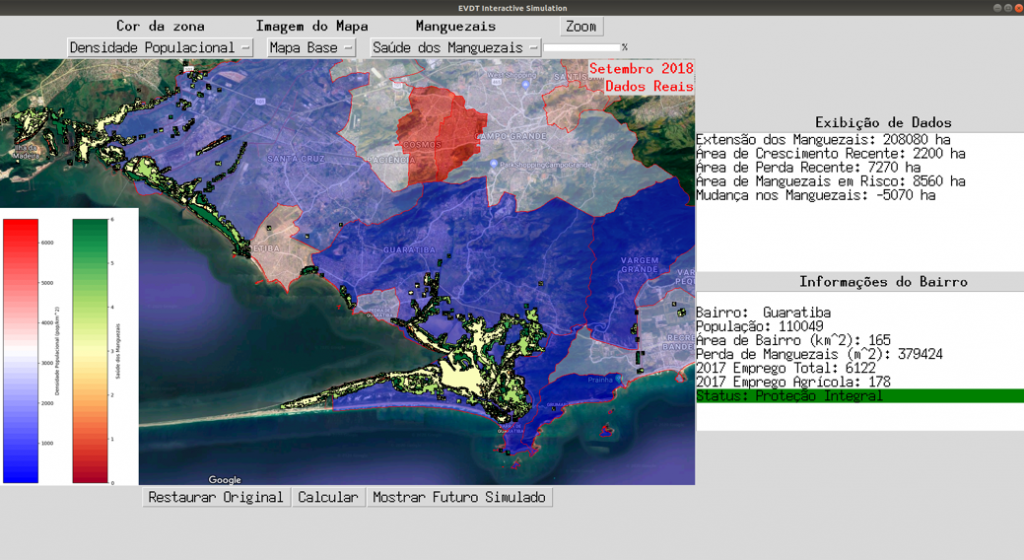IAP Fellow 2020: Jack Reid Part II
Howdy, again! My previous post mostly focused on the context of my trip and its associated project. I thought this post might be a good opportunity to focus on what I am actually doing right now. And that is two closely interlinked things: getting feedback on my work thus far and setting the groundwork for the work that is yet to come.
The work thus far refers to a prototype user interface for the model discussed in my previous post. Ultimately the model will need to (a) display a bunch of important current, real data, (b) allow for a variety of reasonable policy decisions to be input, (c) simulate the relevant impacts of those policy decisions in the future. If you noticed, that previous sentence has “important,” “reasonable,” and “relevant” in it. These qualifiers are present because a model can’t simulate everything. In the words of Norbert Wiener: “The best material model of a cat is another, or preferably the same, cat.” So in lieu of another cat, we have to make choices of what to simulate. This raises the question of who gets to pick what things to simulate?
And thus we have the first purpose of this trip: to sit down with a variety of stakeholders, show them a concrete example of what I am talking about, and get input from them on what it should be showing, what the inputs should be, what it should be calculating, and how it should look. I am doing it this way because people of all stripes tend to provide much more concrete, actionable suggestions when faced with something specific, as opposed to a general question like, “What would you like me to simulate?”
Right now the user interface is mostly just that, a user interface. It does minimal calculations and the ones that it does are purely demonstrative. But it does show plenty of real-world present data, as you can see in the screenshot (Figure 1).

Over the past week and half, I have gotten feedback from our partners at IPP and Espaço, but also from officials from the city urban planning and environmental secretariats (SMU and SMAC, respectively) and the locally stationed officials from the federal environmental agency (ICMBio). Over the next few days I will also meet with members of a local fishing association in Guaratiba and officials from the state biological reserve.
And I have gotten plenty of excellent actionable feedback thus far. Where previously I was just mapping the bairros, or neighborhoods, I will shortly be adding in the conservation units and the urban planning zones. One thing that never crossed my mind but is perhaps obvious in retrospect, is to allow for the import of new policy maps (e.g. don’t just let people change the regulations for a given zone, but let them draw entirely new zones). This is just one of many in a long list of to-dos that I have assembled from the feedback (a list that is only likely to get longer in the near term).
In addition to the specific and concrete advice for my work, another thing that this trip is giving me is a widen perspective on the operations and interactions of the various stakeholders in Rio. Not only is there a dearth of information available online about the more informal and local institutions, but even official websites, reports, and org charts fail to capture many of the day-to-day realities and intricacies. While people are certainly helpful via email and phone, there is a certain frank sharing of perspective that only occurs in person. Unfortunately I can’t share too many of those in this post, but these perspectives have certainly helped inform how I will approach various aspects of the project moving forward.
Well, now I need to head across town to another meeting. Until next time!
Tags: Brazil, Fellowships IAP 2020, PKG Fellowships, Urban & Rural Planning
